Laboratory testing of food consists of various analyzes that are carried out to determine the quality and nutritional value of food. This includes analyzes such as determination of moisture, proteins, fats, carbohydrates, minerals, vitamins and other nutrients. These analyzes are usually carried out in accredited laboratories using standardized methods and devices.
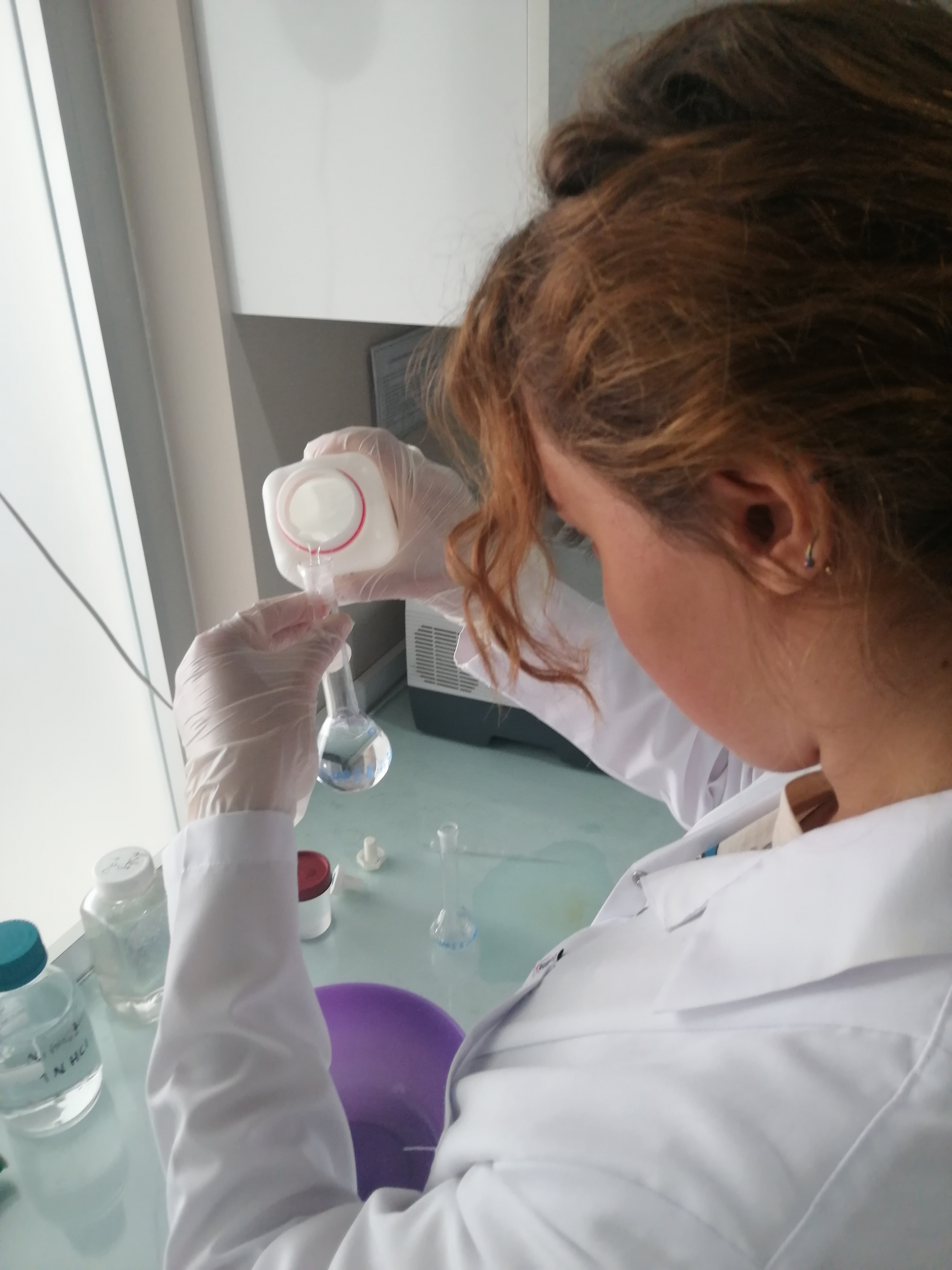
Food quality refers to its physical, chemical and microbiological condition. Laboratory analyzes are used to identify any defects or contamination that may affect the safety and taste of food.
Nutritional values of food show how many nutrients the food contains and how important they are for health. Analyzes are used to determine the values of energy, protein, fat, carbohydrates, minerals, vitamins and other nutrients in food. This information is important for monitoring nutrient intake, planning diets, and evaluating the health effects of foods.

Conclusion: Laboratory testing of food is crucial for determining the quality, safety and nutritional value of food. These analyzes are important for monitoring nutrient intake and planning a healthy diet.
Furthermore, laboratory food testing can help identify and control various food additives, such as colors, flavors, preservatives and other additives. These analyzes can also help identify potential food allergens, such as gluten, eggs, tree nuts, and other ingredients that are a common source of allergic reactions.

The results of food laboratory tests are also crucial for the regulatory control of food quality. Regulatory authorities, such as the FDA in the United States and the European Food Safety Agency, use test results to determine whether products comply with food regulations.

Finally, laboratory food testing can help food manufacturers optimize their production process. Food manufacturers use the test results to improve the quality of their products and improve their safety for consumers.

In conclusion, laboratory testing of food is crucial for determining the quality, safety and nutritional value of food. These analyzes are useful for regulatory control, nutritional planning and improvement of food production processes.

Of course, laboratory food testing has some limitations and is not the only means of assessing food quality and safety. For example, some analyzes are limited to determining the amount of nutrients in foods, not their quality or functionality. Also, some substances in food, such as antioxidants, cannot be easily identified or measured under laboratory conditions.

Therefore, to assess the quality and safety of food, a combination of laboratory tests and other methods, such as testing of real food samples, animal testing and human clinical trials, is required.
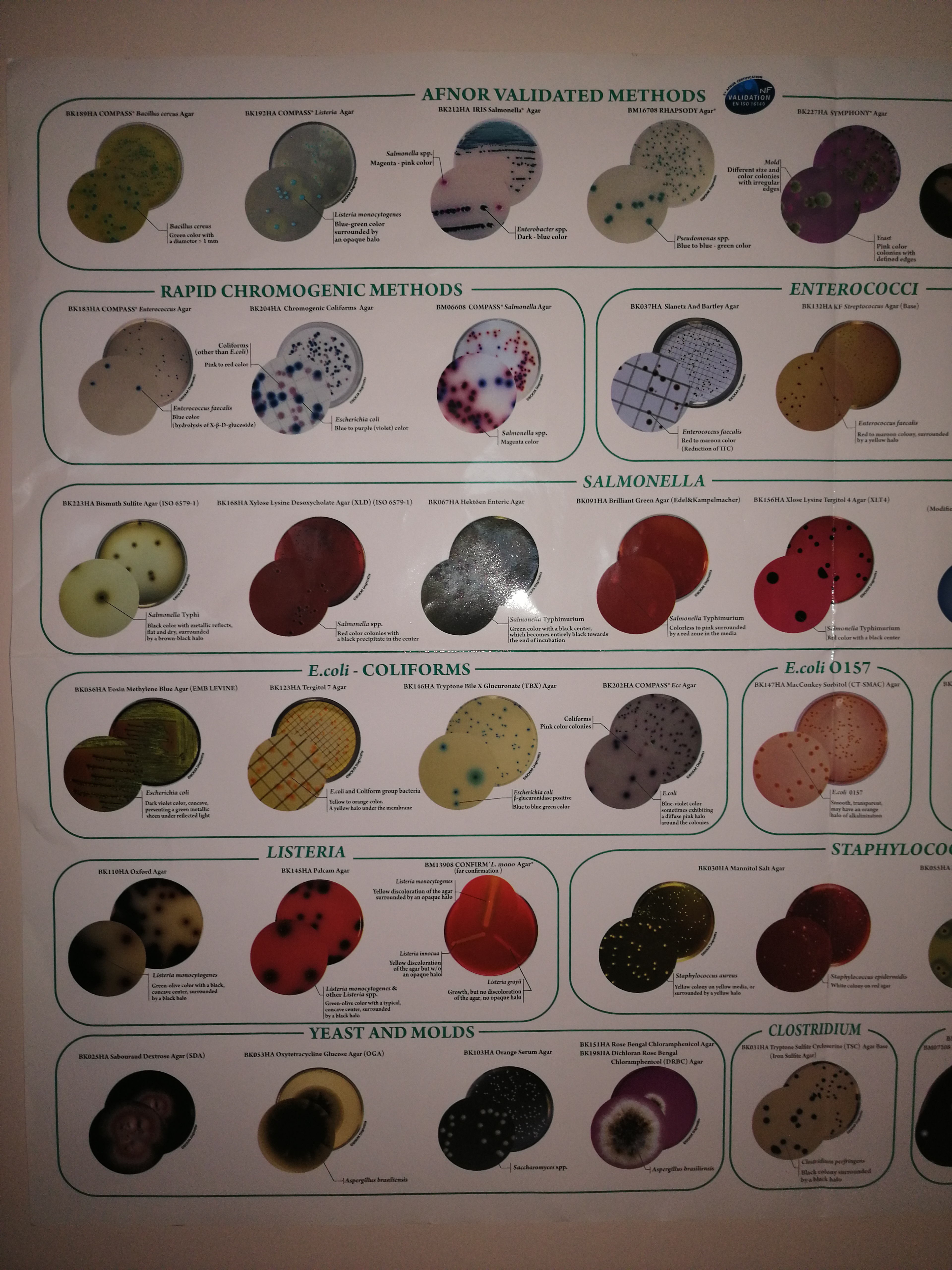
Finally, it is important to note that the quality and safety of food also depends on the conditions in which it is produced, stored and transported. Therefore, laboratory testing of food must be included in a wider system of monitoring food quality and safety.
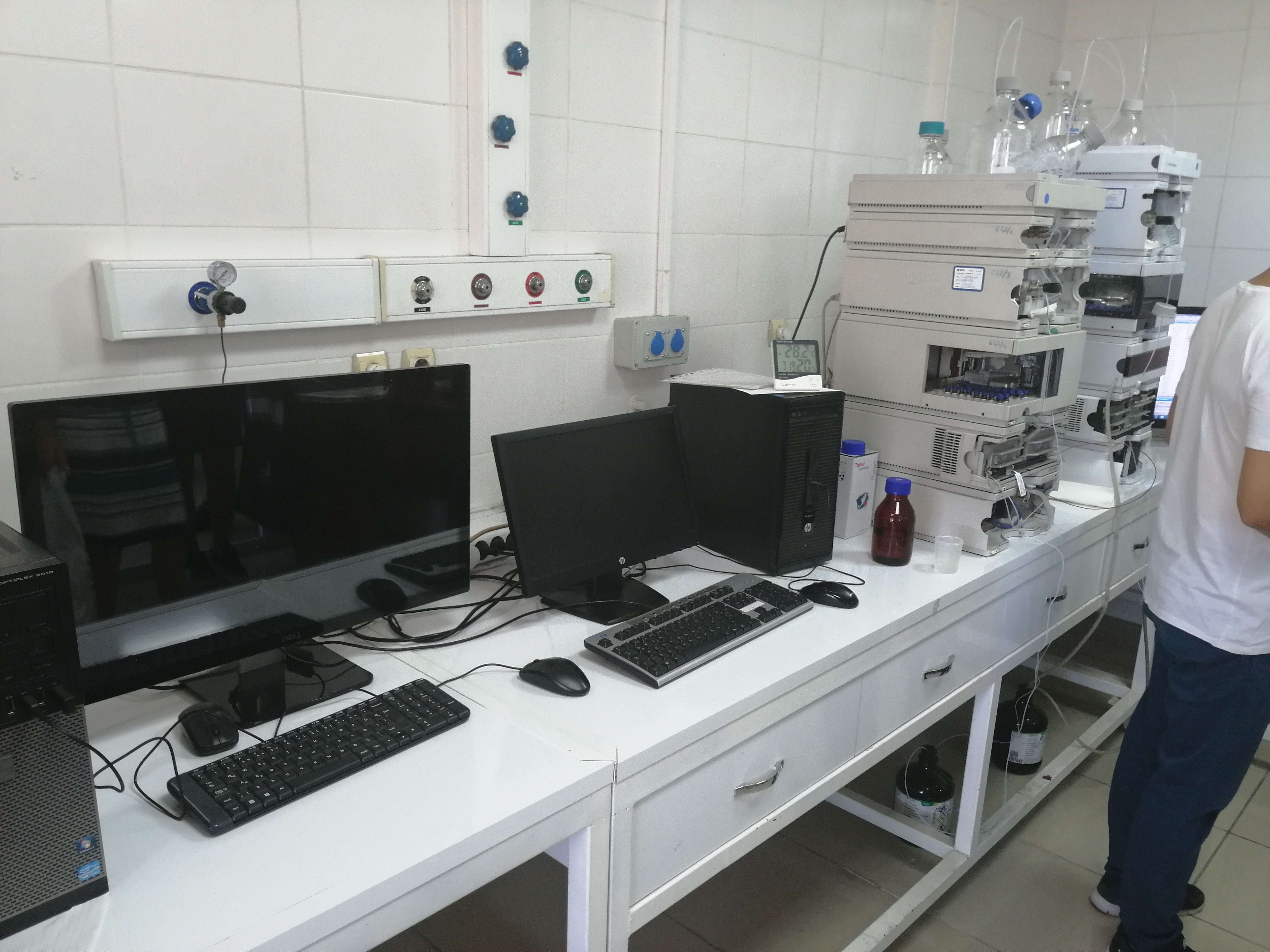
In summary, laboratory food testing is an important tool for assessing food quality and safety, but it should be used in combination with other methods and included in a wider system of monitoring food quality and safety.
Of course, food analysis in the laboratory alone is not enough to ensure safety and healthy nutrition. Consumers should be educated on how to understand the results of laboratory tests and how to use them when making decisions about their diet.

Consumers should also be aware that some foods have naturally variable levels of nutrients, which can affect laboratory test results. Therefore, it is important that consumers consider the bigger picture when making decisions about their diet, including not only lab results, but also the source of the food, its production and storage methods, and their personal preference.

In summary, laboratory food testing is critical to assessing food quality and safety, but consumers also need to be educated and informed about test results and how to use them in making dietary decisions.
However, laboratory testing of food and assessment of nutritional value are only one part of the broader picture of healthy nutrition. Consumers also need to think about the sources of food, as well as how they consume food. For example, the same food may have different nutrient profiles if consumed raw or cooked.
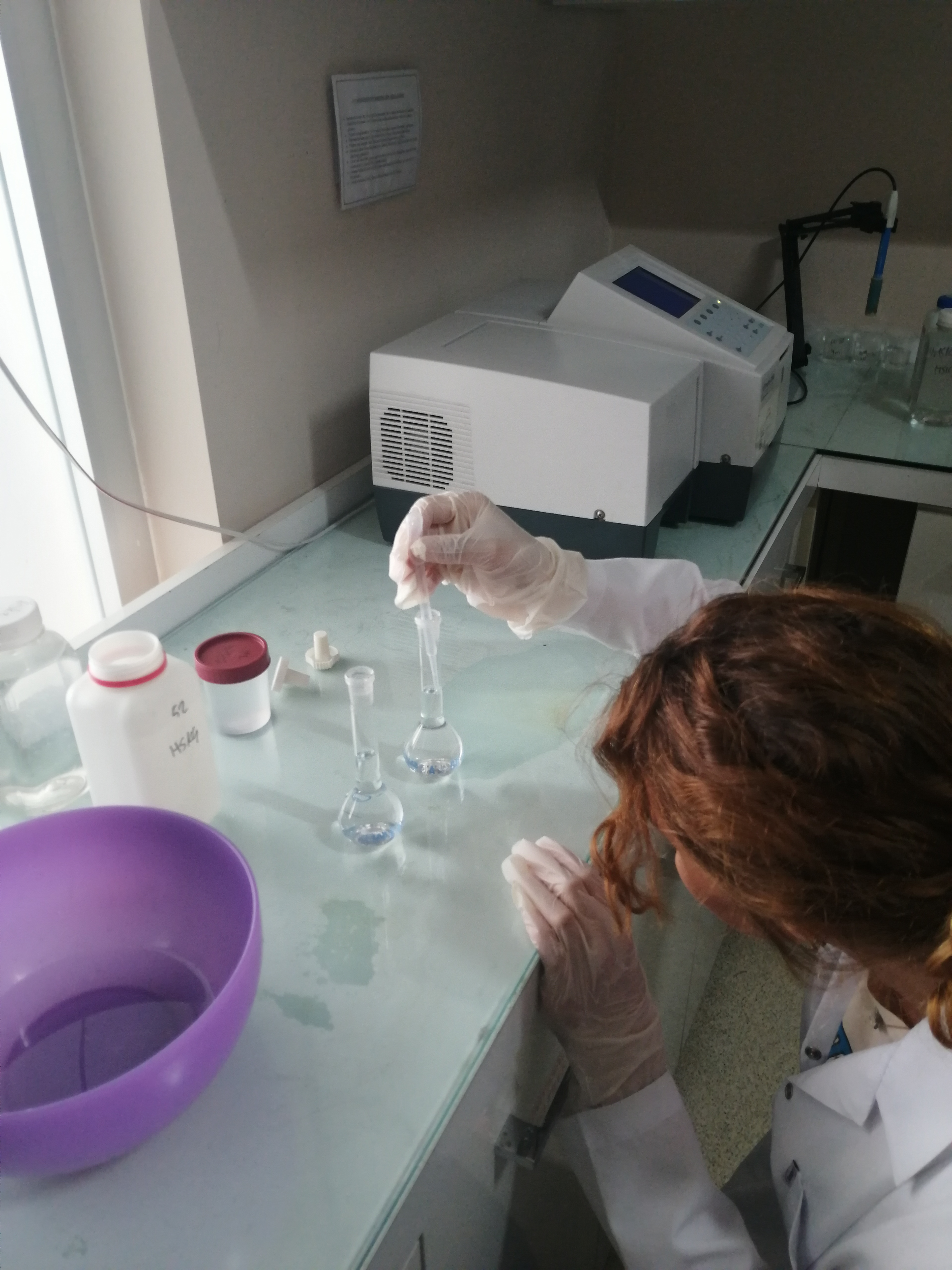
Also, food intake in combination with other foods can have a significant impact on their nutritional value. For example, eating grains along with dairy products can help boost calcium from grains.
Therefore, for a healthy and balanced diet, consumers should take into account the wider context of food, including combining it with other foods, as well as the way it is eaten.
In short, evaluating the nutritional value of food through laboratory testing is important, but it should be understood as part of a larger picture of a healthy diet, including the combination of foods and how they are used.



Also, it should be noted that the regulatory authorities are responsible for controlling the quality and safety of food. They use the results of food laboratory tests to ensure that the food meets the prescribed requirements for safety and quality.
Regulatory bodies also set prescribed standards for the nutritional value of foods and use the results of laboratory tests to ensure that products meet those standards. This information is important for consumers to understand which foods are most nutrient dense and how they affect their health.
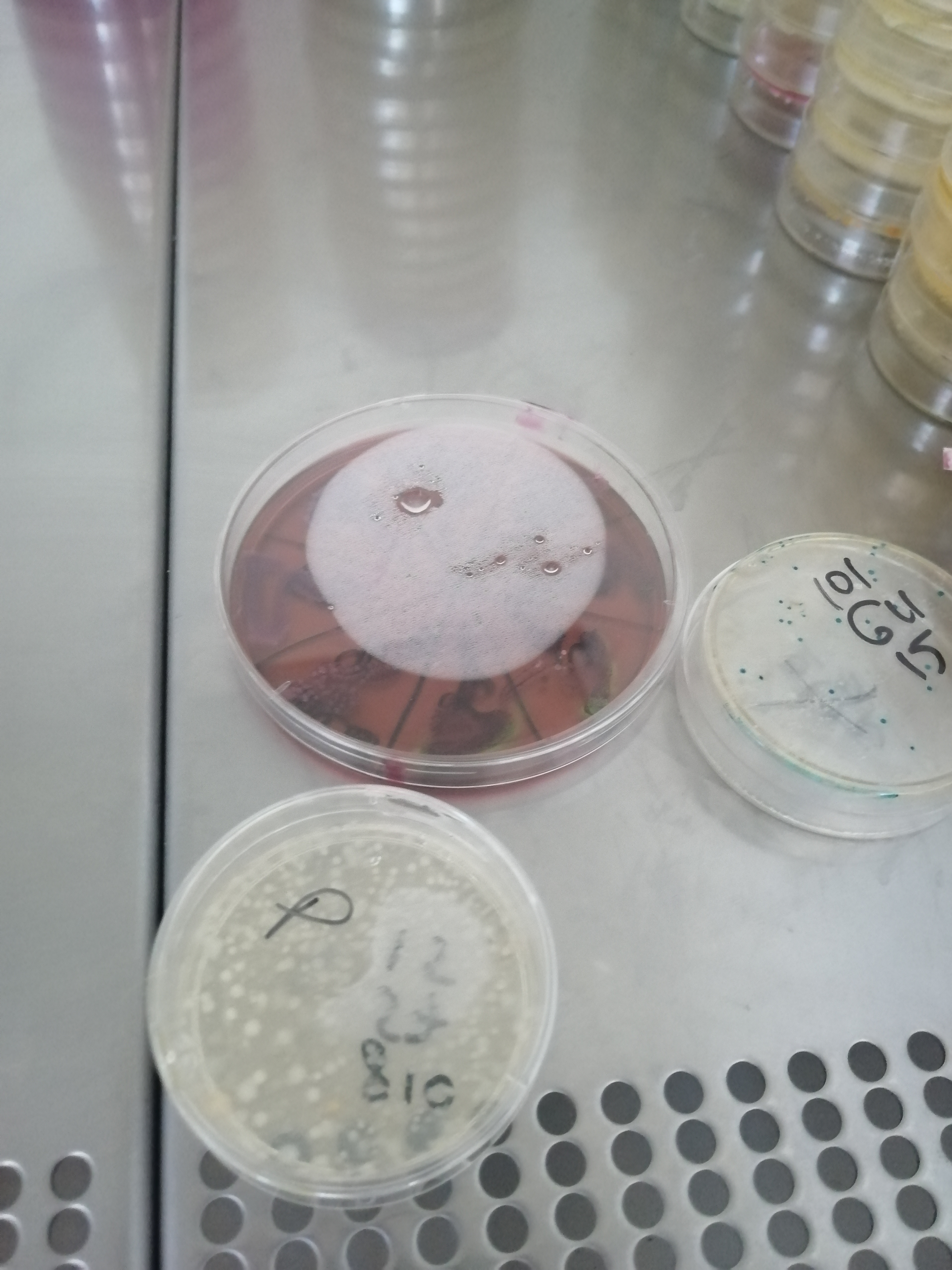
However, it should be noted that some foods with high nutritional values can also be high in calories, making them less suitable for those who want to reduce their calorie intake. Therefore, consumers should be aware of and use information about the nutritional values of foods to decide what is best for their health and wellness.

In short, regulatory authorities use the results of food laboratory testing to ensure food safety and quality, and consumers can use that information to decide what is best for their health and wellness.
Another important aspect of food laboratory testing is the identification of potential allergens. Allergens are foods that cause allergic reactions in some people, which can lead to serious health problems. Regulatory authorities prescribe legal obligations for the identification of allergens in food, including mandatory labeling of allergens on product labels.
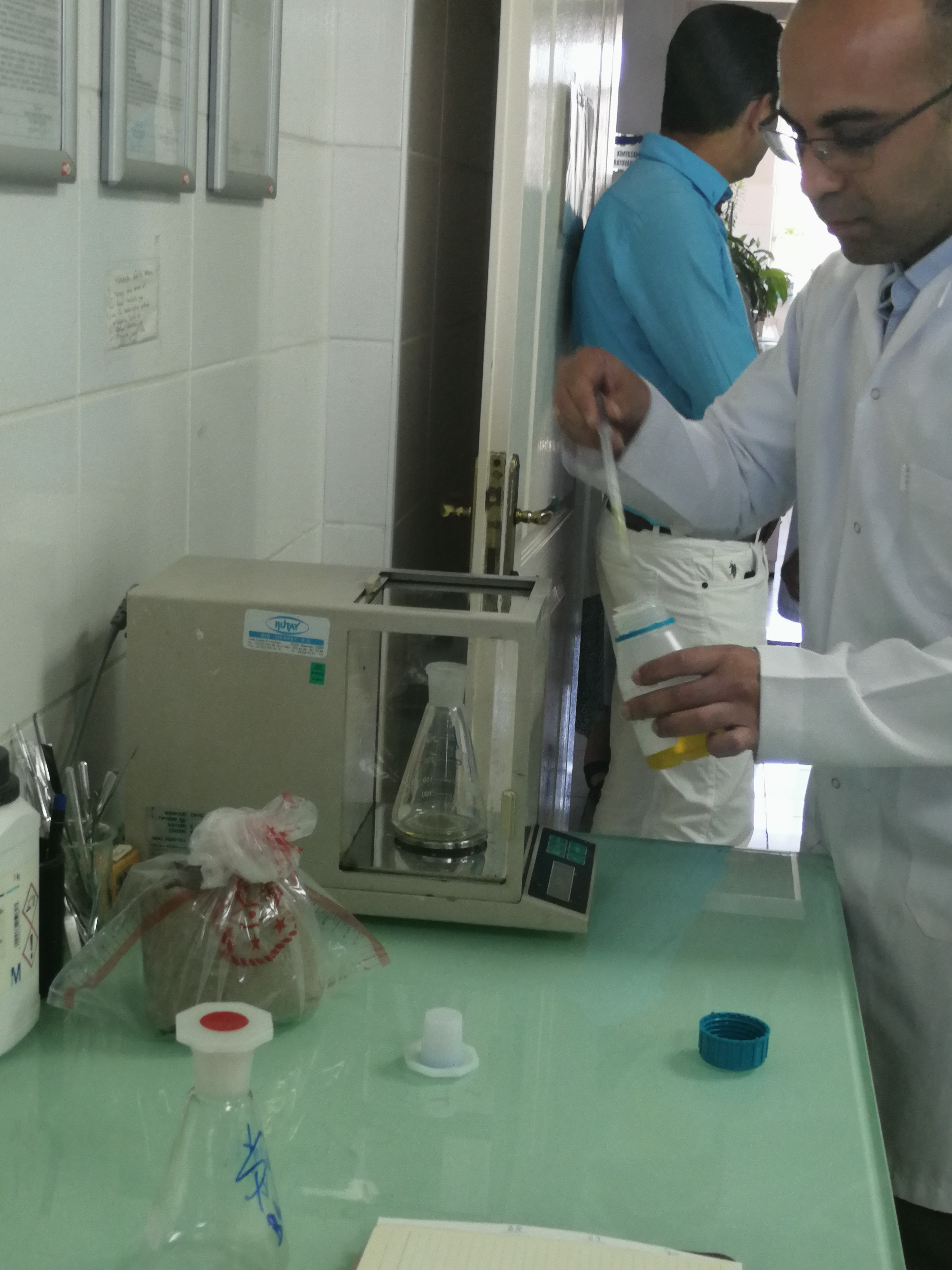
Also, laboratory testing of food is used to identify unwanted substances, such as pesticides, preservatives and other harmful substances. Regulatory bodies set standards for these substances and use laboratory test results to ensure their levels in food are safe for consumption.

Finally, laboratory testing of food is also used to identify compounds that have a function in health, such as antioxidants and probiotics. Such tests help to understand the function of certain foods in health and enable consumers to make informed decisions about the food they consume.
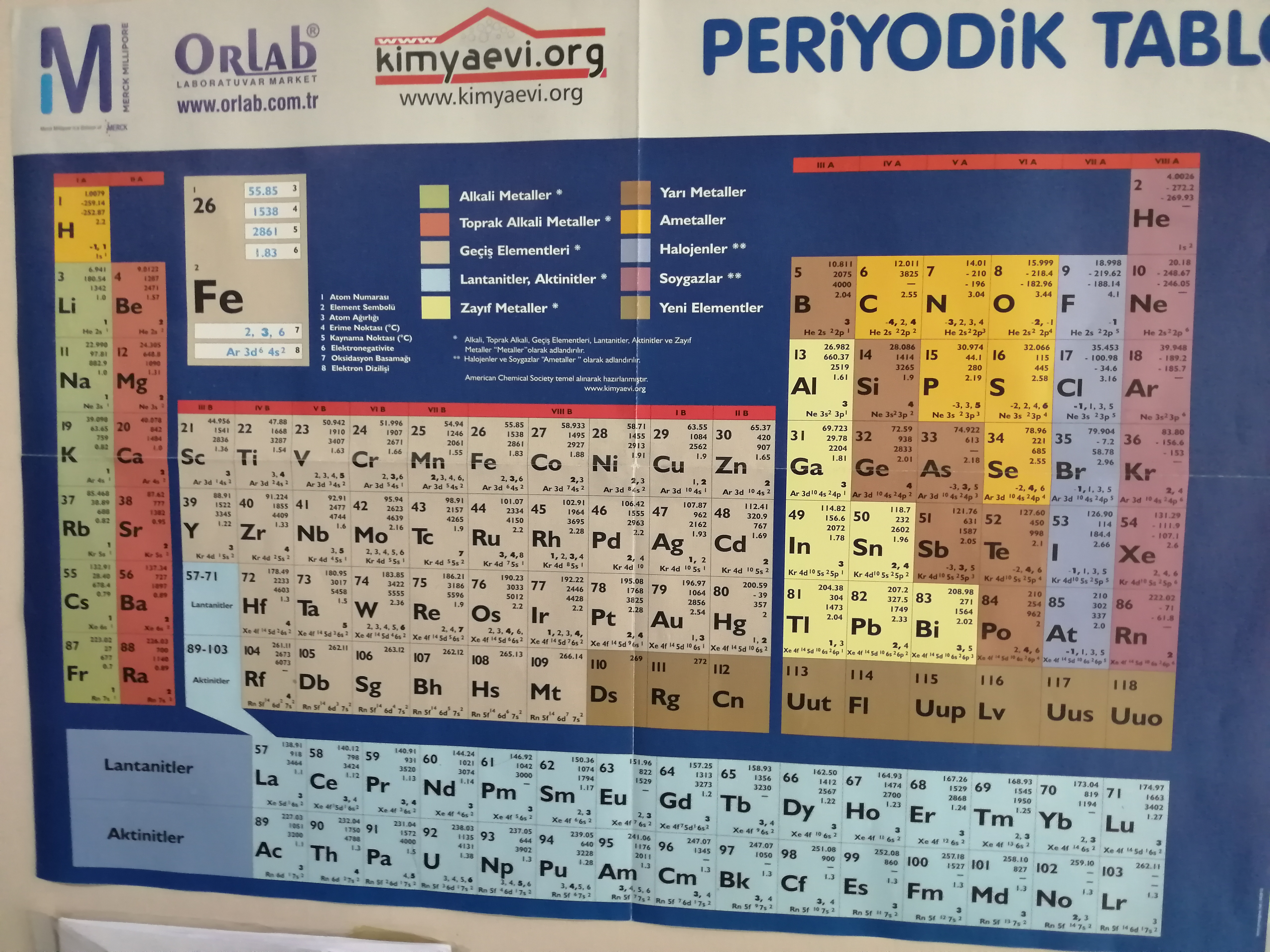
In short, laboratory testing of food has a key role in identifying allergens, unwanted substances and compounds that have a function in health. Regulatory authorities and consumers use this information to ensure food safety and quality and make informed dietary decisions.
My family likes Fairlife milk for its high protein content and great flavor. I recently noticed a problem with the packaging after delivery and contacted customer service. They handled the problem professionally, sent a replacement and even followed up to make sure I was satisfied. You can see that they prioritize their customers and product quality.
Food testing is very important so that we know the right nutritional intake and dosage for our bodies in order to maintain a healthy body. thanks good work
I'm glad you liked it
Hello everyone. FuseTrick's https://www.fusetrick.com/ innovative solutions have greatly improved our quality control processes. Their quality management software with real-time data analysis and automated reporting capabilities has streamlined our operations and ensured compliance with industry standards. The team's professionalism and attention to detail is commendable, providing us with reliable and efficient tools to maintain high product quality. FuseTrick's services have proved indispensable in our quest for operational excellence.